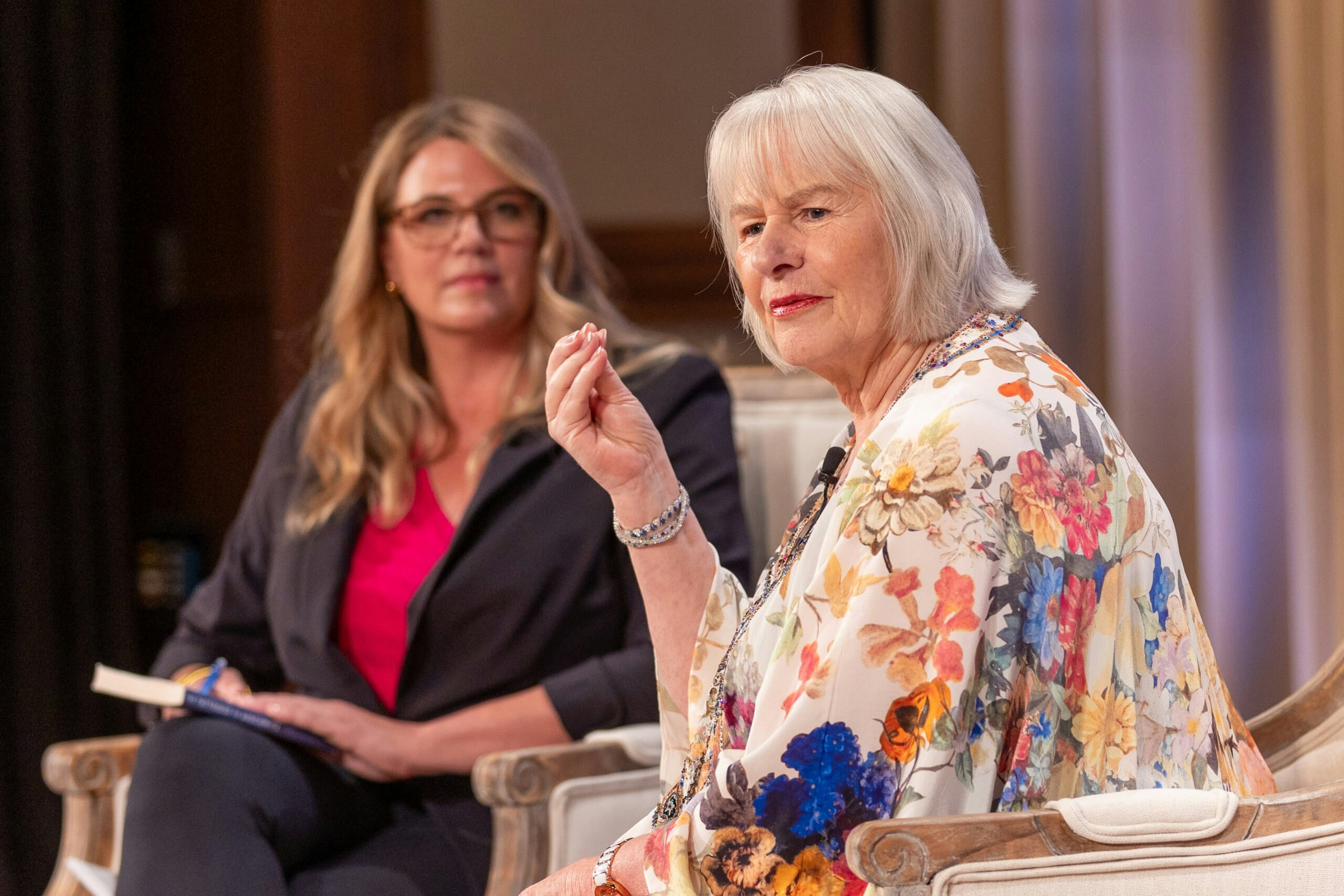"If America is ever going to get out of its current economic decline, it is going to have to grow its way out. Coolidge and Mellon are showing...
"If America is ever going to get out of its current economic decline, it is going to have to grow its way out. Coolidge and Mellon are showing the way.” — The American Spectator, April 2013
The American Spectator has named Calvin Coolidge its “Man of the Year” for 2013. In the most recent issue of the monthly periodical, President Calvin Coolidge graces the cover. Inside the issue, editor-in-chief R. Emmett Tyrrell Jr. emphasizes that the lessons to be learned from Coolidge’s time in office are just as relevant today as they were in the 1920s. Amity Shlaes's New York Times best-selling biography, “Coolidge,” Tyrrell writes, "should be read as a textbook for solving the grave problems now facing America."
Coolidge’s plan for the federal government included two major pillars: 1) cutting federal budgets and 2) cutting marginal tax rates on individuals and businesses. In her book, Shlaes documents that when an admirer in South Africa sent two lion cubs to the president, Coolidge named them Budget Bureau and Tax Reduction to emphasize the linked approach.
Determined to make austerity permanent, Coolidge deepened cuts even in politically sensitive areas such as veterans assistance and public works. He had the courage and discipline to veto bills he saw unfit, once telling his father, “It is much more important to kill bad bills than to pass good ones." Coolidge’s foremost focus was the health of the economy, and he believed that a flourishing private sector could better serve the well-being of his constituents than a loose-spending, large government bureaucracy could. However, as Shlaes has written in the Wall Street Journal, the president also understood that ambitious budget cuts would only “be accepted if he could align them with ambitious tax cuts.”
President Coolidge and Secretary of the Treasury Andrew Mellon realized that by cutting tax rates, they could actually increase revenue. They subscribed to a theory that has since been explained by the Laffer Curve. According to the Laffer Curve, a government will raise the same amount of revenue with a 100% tax rate as it will raise with a 0% tax rate (that is, no revenue at all). The sweet spot, obviously, is somewhere between these two extremes. Coolidge and Mellon cut the top income tax rate from 70% to 25% (3 percentage points lower than even Reagan’s tax cuts achieved). The private sector responded favorably to the lower tax burden, using capital to expand production and hire more workers. As the income of businesses and individuals surged, the revenue that came back into the government climbed to levels previously unattainable under higher tax rates.
With proper incentives and a smaller government presence in the economy, Coolidge oversaw a period of tremendous economic growth. The American economy grew at an average annual rate of around 4% per year, in real terms, under Coolidge’s watch. In July 1921, 5.7 million Americans were unemployed. By the time Coolidge left office, this number stood below 1.8 million. Coolidge reduced the national debt from $28 billion to $18 billion. By comparison, the current national debt stands at over $16.8 trillion (in 2013 dollars).
Thanks to Shlaes’s efforts, Coolidge’s message has re-entered the public consciousness. At the Bush Institute, we believe that policies similar to those undertaken by Coolidge can facilitate 4% economic growth in America. We hope the lessons of the Coolidge presidency are not forgotten.
“Coolidge” by Amity Shlaes can be purchased here.
The April 2013 issue of The American Spectator can be found here.
























